Feathers, fabrics, glitter, lace, and sequins… a multitude of materials make up Rio de Janeiro’s colourful Carnival. Every year, Rio’s percussion groups and samba schools attract global attention. The products revellers use to decorate themselves create a uniquely Brazilian scene, but they come from the other side of the world.
“About 20 years ago, when I started in this business, things were not like this. It was more mixed. Now, everything is from China”, explains Jorge Francisco, also known as Chiquinho. He owns Babado da Folia, a chain of stores and leading supplier of Rio Carnival products.
$10 million
the value of carnival-related products that Brazil imported from China in 2019 (US$)
Products from a reforming China began arriving in Brazil in 1990. Trade relations took on new impetus after the two countries signed a strategic cooperation agreement three years later. In 1998, approximately US$656,000 worth of party goods and Carnival paraphernalia were imported from China. By last year, this number had soared to over US$10 million, not including fabric and lace.
Chinese materials, much of which are plastics and end up discarded, are heavily present in the celebrations.
Saara (below) is the shopping hub for Rio’s celebrations. From December to February, its narrow streets teem with people hunting for good deals. Dayana Chang, a manager of at the Festa da Cidade store, said: “In recent years we have really focused on Carnival, I would say it’s the highest point of the year. I start buying things for Carnival in August.”

At the end of the 1990s, Mexico was the main supplier of party and Carnival goods to Rio, with China in fifth place. But lower import costs and closer political and trade ties, as well as the more recent consolidation of the BRICS nations, has led to an exponential increase in the flow of Chinese-made Carnival trinkets.
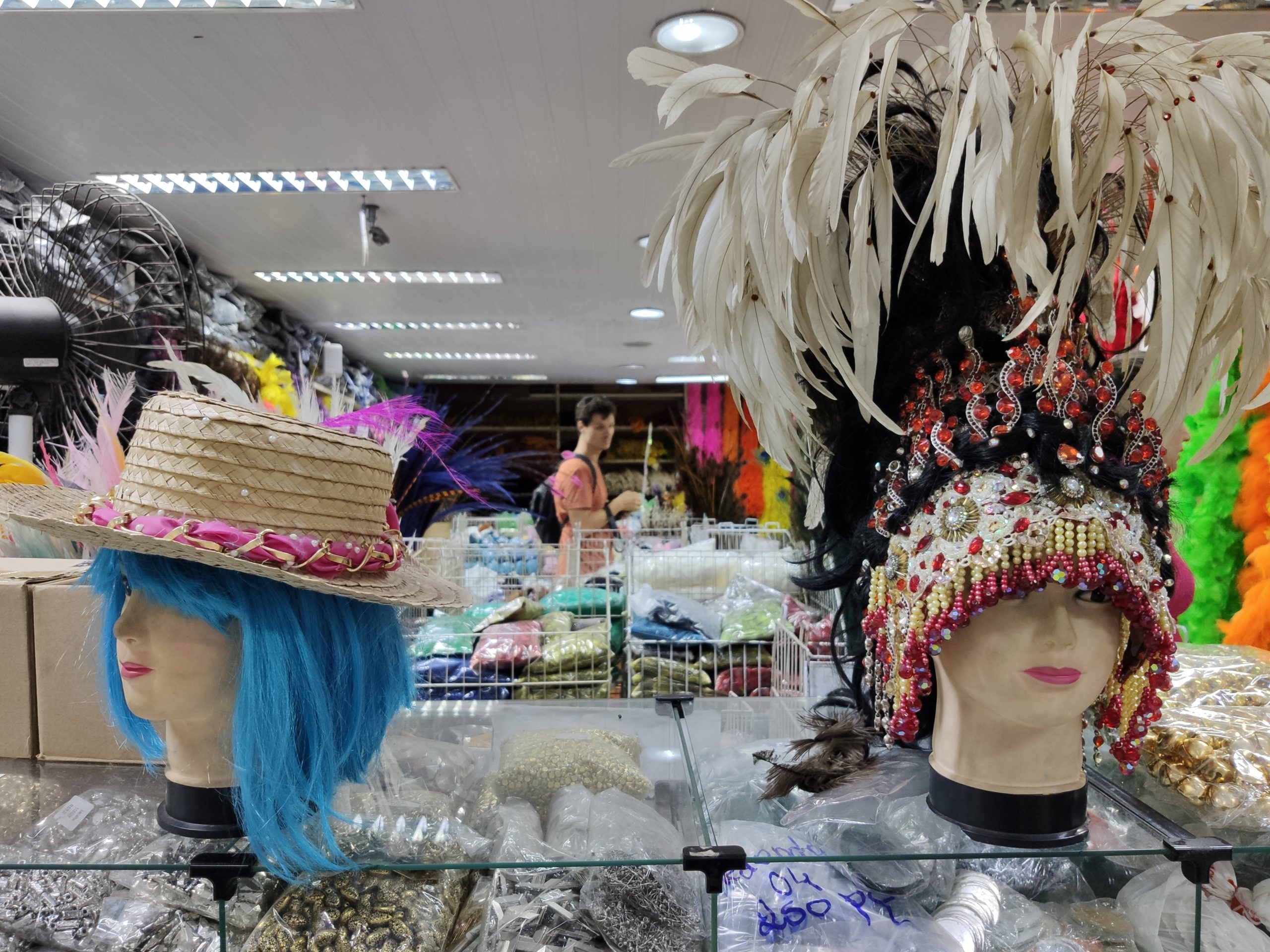
Another reason for the growth in imports is the change to the way Rio Carnival is organised. Until the year 2000, Carnival festivities were confined to the Sambadrome (below), parades and dances in clubs. Since then, spontaneous celebrations with neighbourhood percussion groups known as blocos, or blocks, have returned to the streets. This significantly boosted the costume market.
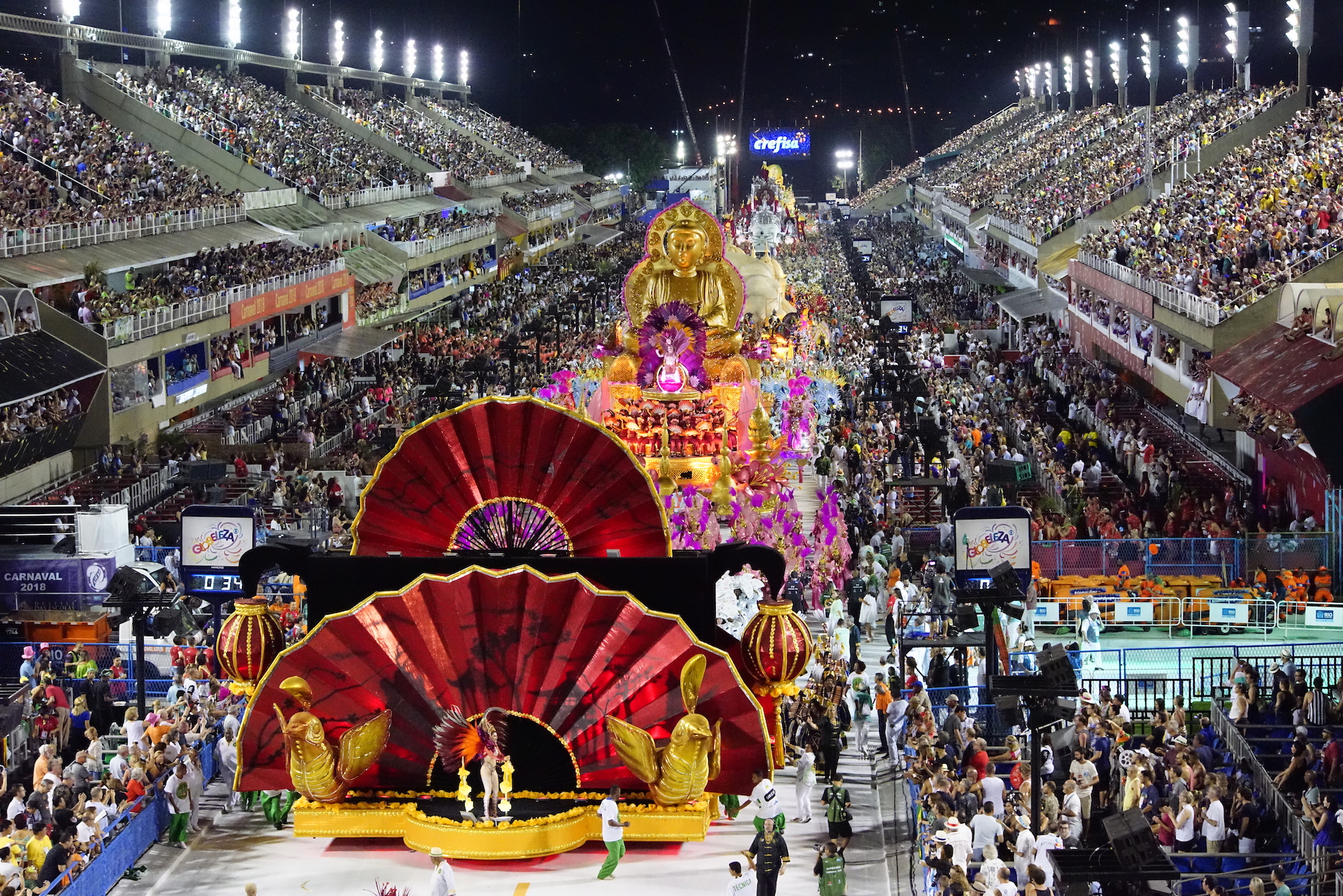
According to municipal tourism agency Riotur, the 2019 Carnival season will officially last 50 days and include 543 percussion blocks. More than 1.9 million tourists are expected alongside local revellers – and almost all these people want to decorate themselves. All in all, the 2020 Carnival in Rio is expected to generate R$ 4 billion (almost US$1 billion).
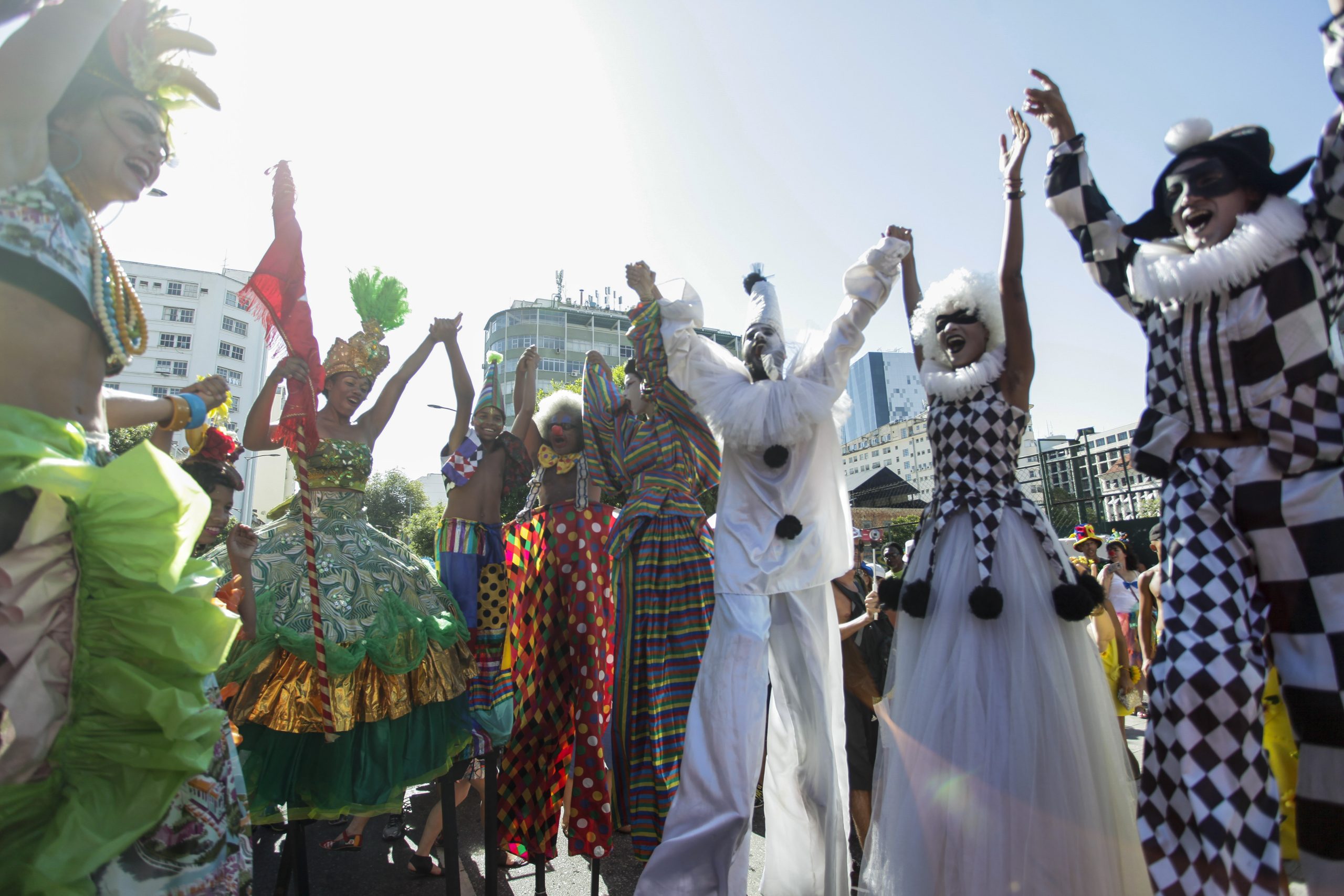
The main Chinese products used in the samba schools are fabric, cosmetic gems and rhinestones, ribbons, ornamental trimmings, and feathers, according to Marcus Paulo of Académicos da Rocinha, a member of the Carnival Commission of Unidos da Tijuca, one of Rio’s top samba schools. “Chinese materials are widely used, for the same reasons as in other industrial areas: good prices coupled with a variety of products. They were already present in the domestic sector, but their lower prices conquered the market,” he explains.
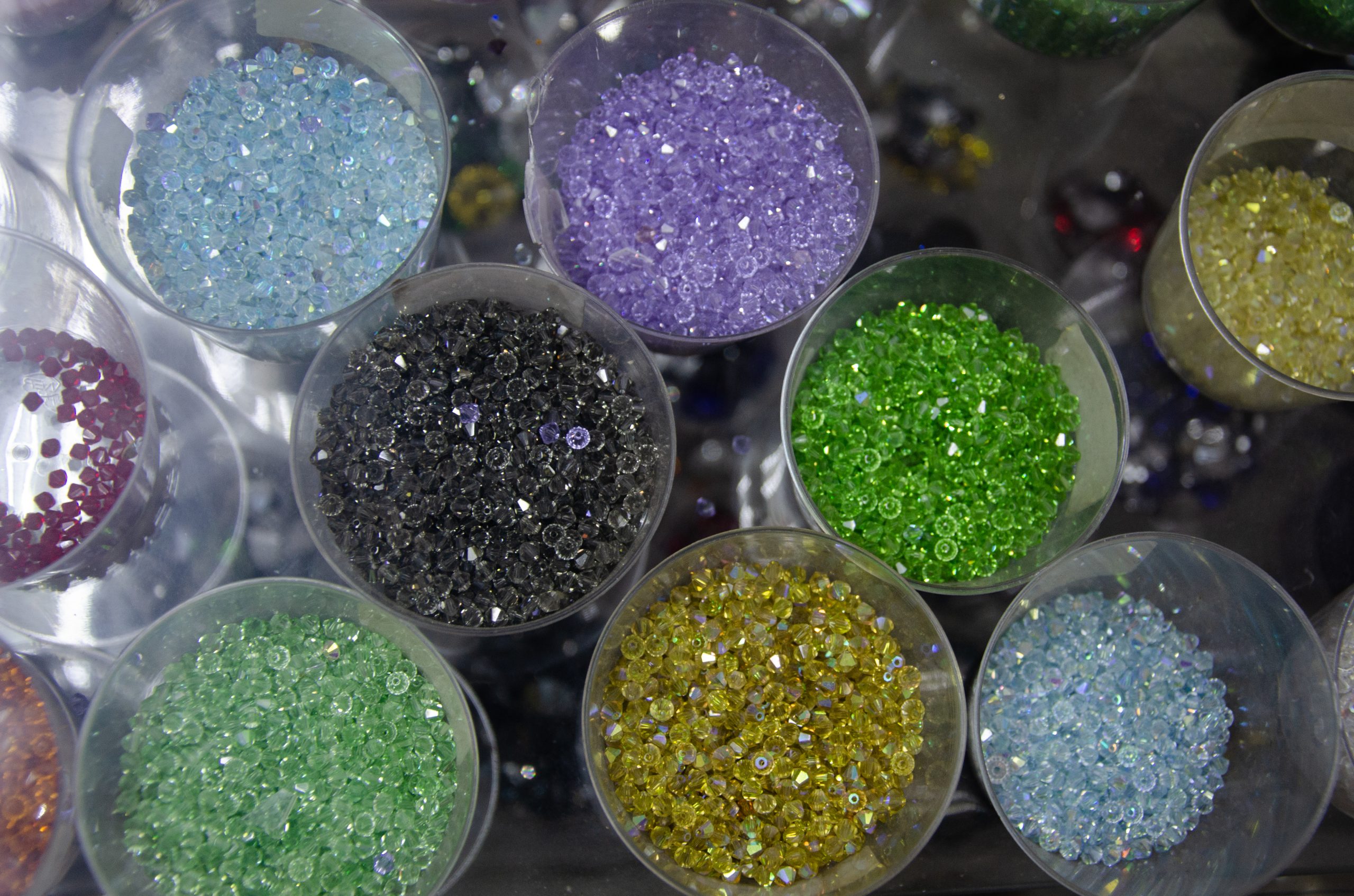
In the Baque Mulher group’s maracatu procession in the Santa Teresa neighbourhood, sequins, glitter, and fabrics are also feature in the celebrations, which emerged in Pernambuco and merge African, indigenous and Portuguese cultures to be uniquely Brazilian.

Yet this immense party generates inevitable environmental concerns. In the samba schools, it is a tradition to reuse materials. “Today, there is already an awareness that waste should be avoided, whether for economic or ecological reasons,” says Helenise Guimarães, of the Federal University of Rio de Janeiro’s School of Fine Arts.

Trash is serious problem. The Favorita block, which marked the official opening of Rio Carnival on 12 January, brought together more than 300,000 people. According to Rio’s municipal Urban Sanitation Company, more than 48 tonnes of rubbish was collected the following day from the famous Copacabana beach (below). Last year, a total of 1,227 tonnes was collected throughout the Carnival period, which this year runs from the February 21-25.
There are no statistics on how much of this waste is plastic, the use of which is one of today’s great environmental challenges. But Brazil is already the fourth-largest producer of plastic waste in the world.
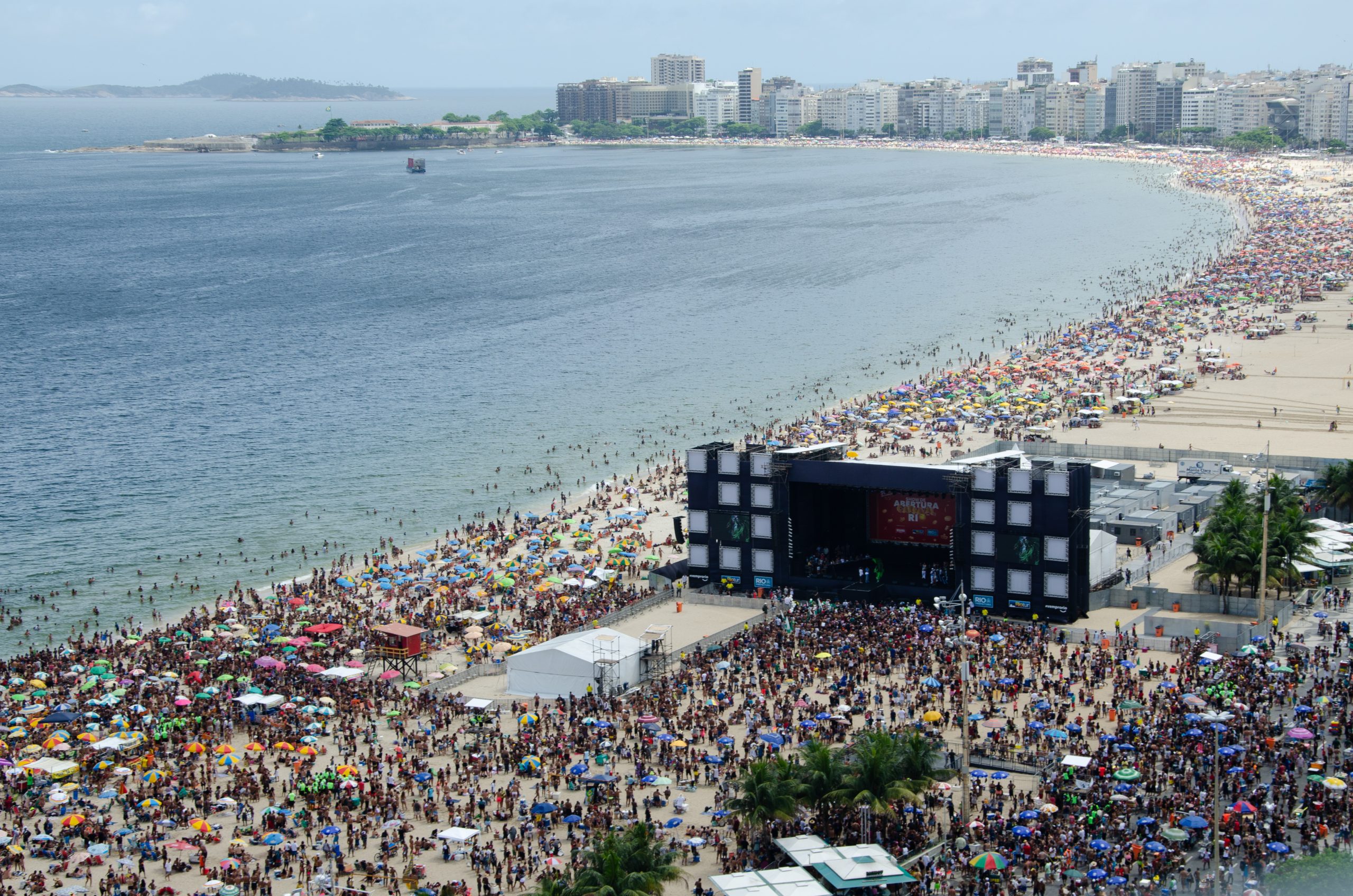
Another issue is animal welfare. The use of feathers in Carnival is controversial, and closely linked to Chinese supply of materials for costumes. For example, all the feathers sold in the chain of Babado da Folia stores come from China. For the most part, the stores import feathers belonging to exotic birds such as pheasants and peacocks.
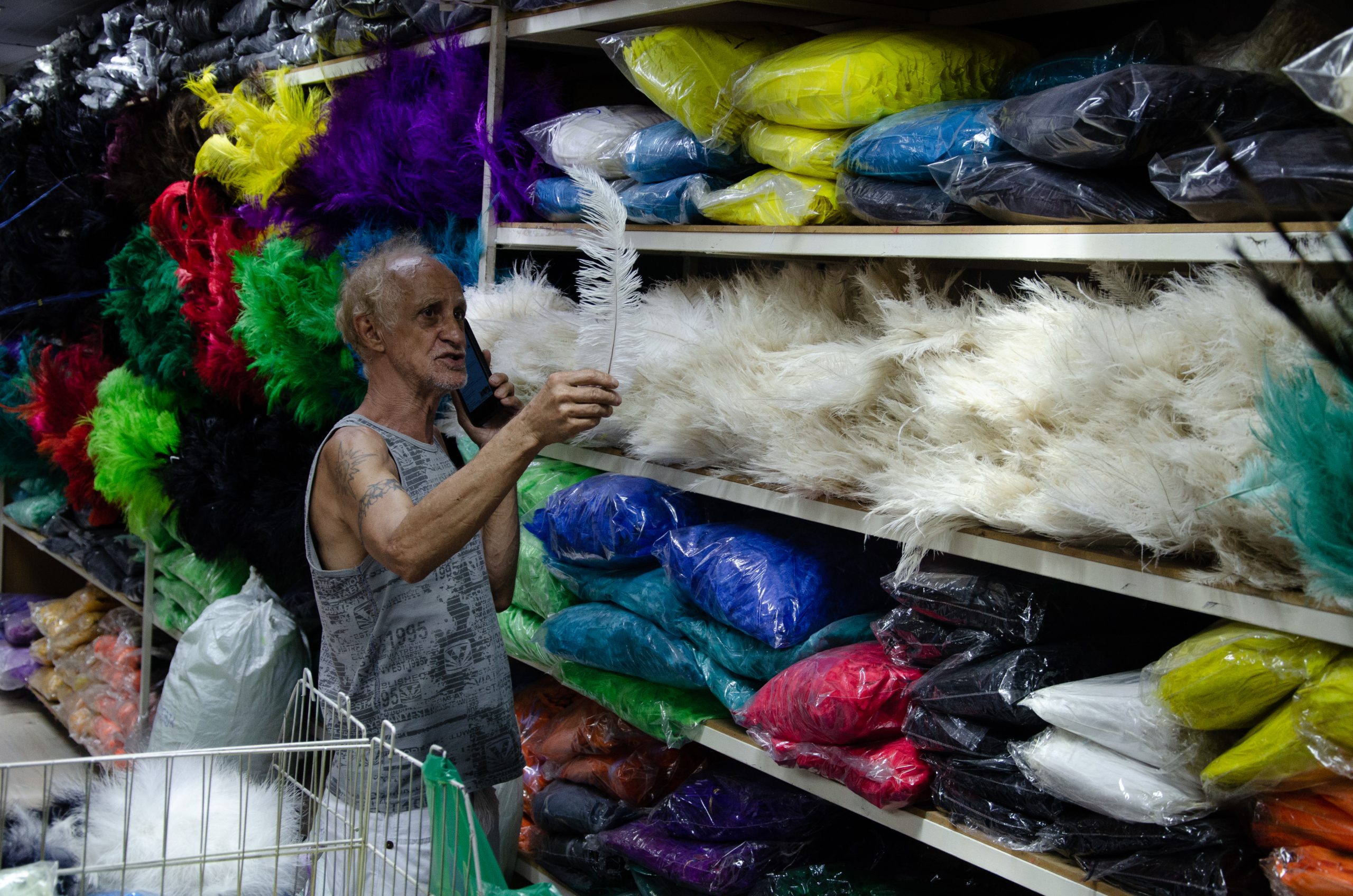
Not all waste is so easy to collect. Synthetic glitter, again mostly imported from China, cannot be recycled. A good part of this material that contains microplastics will end up in the oceans. Rio’s Guanabara Bay is one of the places with the highest concentration of microplastics in the world, according to the Pontifical University of Rio de Janeiro.
However, there are alternatives like bioglitter, which is almost entirely produced by small Brazilian companies.
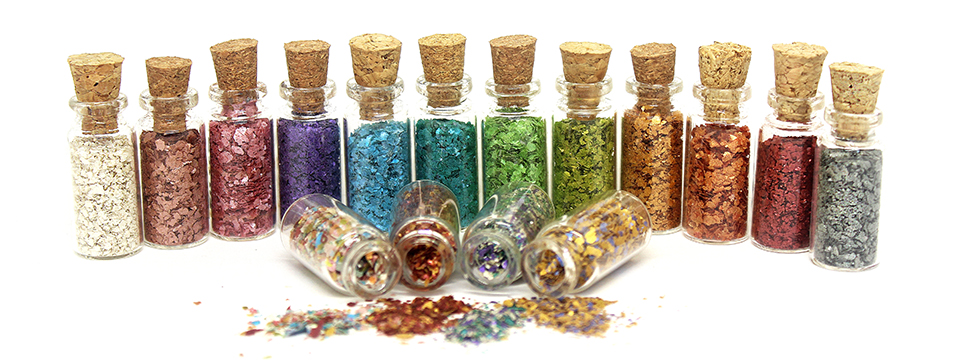
Luciana Duarte, a partner at Pura Bioglitter, a Rio-based company that has been producing biodegradable glitter since 2017, sees the product as an alternative to Chinese-made plastic products. “Our product is handmade,” she said.
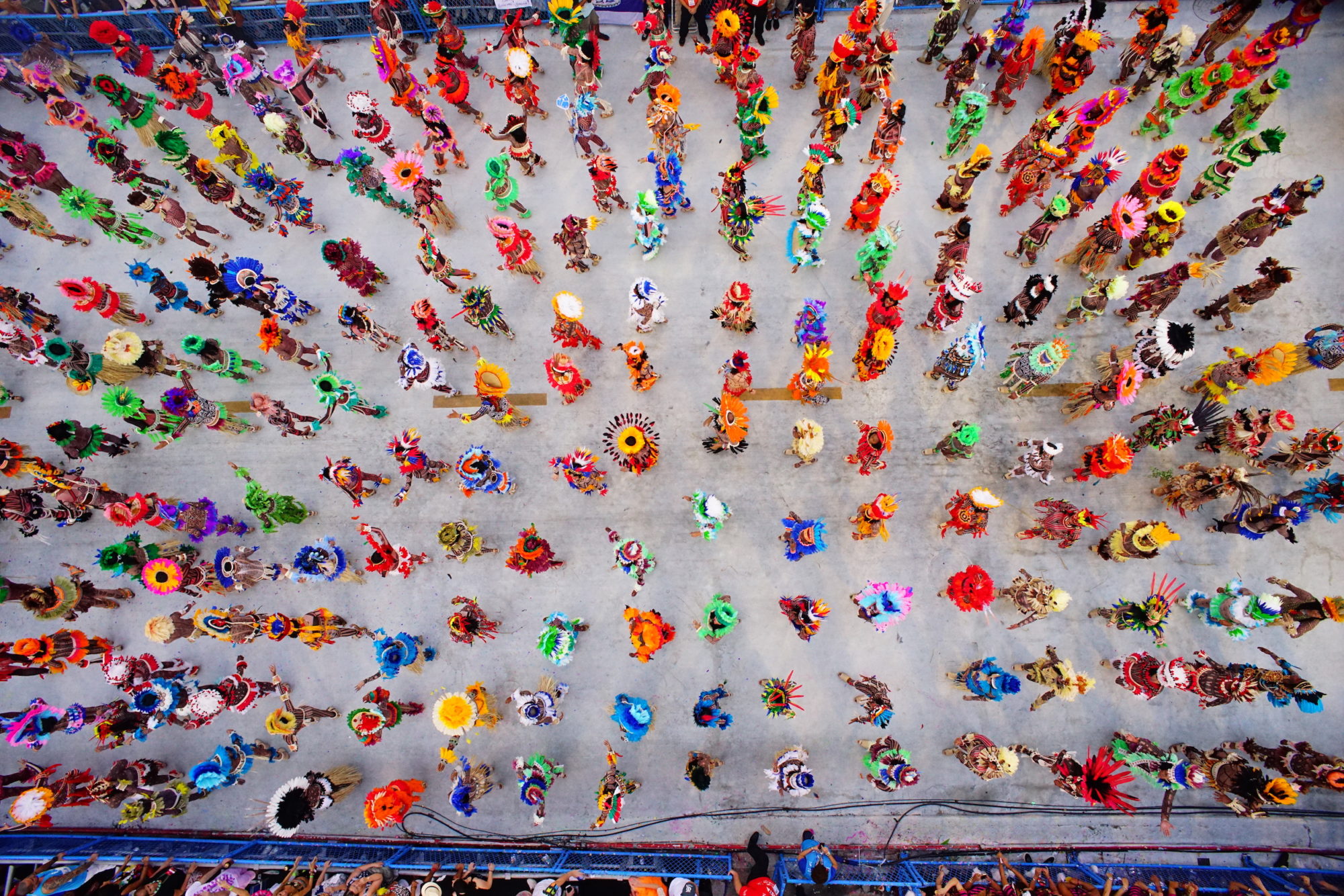


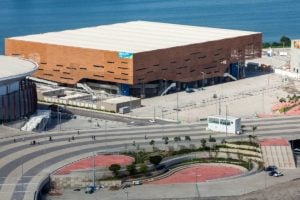
![In a village close to the transboundary Mahakali river, a pregnant woman awaits news of remittance from her husband working abroad [All images by: Minket Lepcha]](https://dialogue.earth/content/uploads/2020/02/Mahakali-series-story-2-10-Feb-2020-main-pic-300x200.jpg)

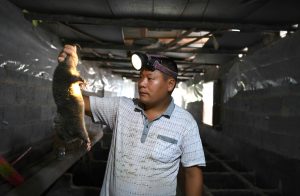
![Woman points into the distance on the way to the Women's Empowerment Centre meeting near a village on the transboundary Mahakali River basin [All images by Minket Lepcha]](https://dialogue.earth/content/uploads/2020/02/Minket-Story-1-Main-Picture-300x200.jpg)
![A farmer creates noise using pots and pans to 'scare off' locusts swarms [image by: Sirajuddin]](https://dialogue.earth/content/uploads/2020/02/IMG_5294_cropped-300x202.jpg)